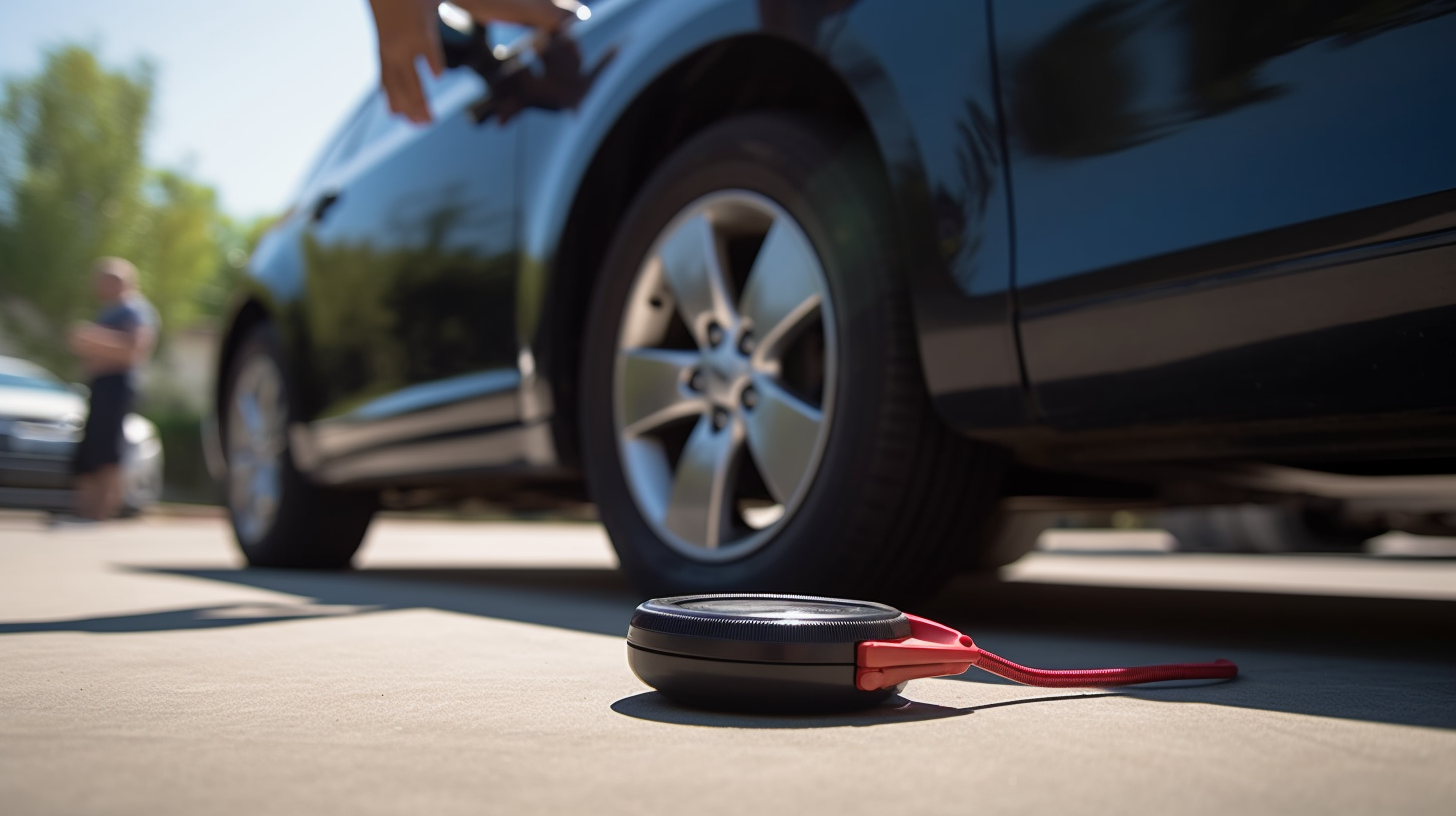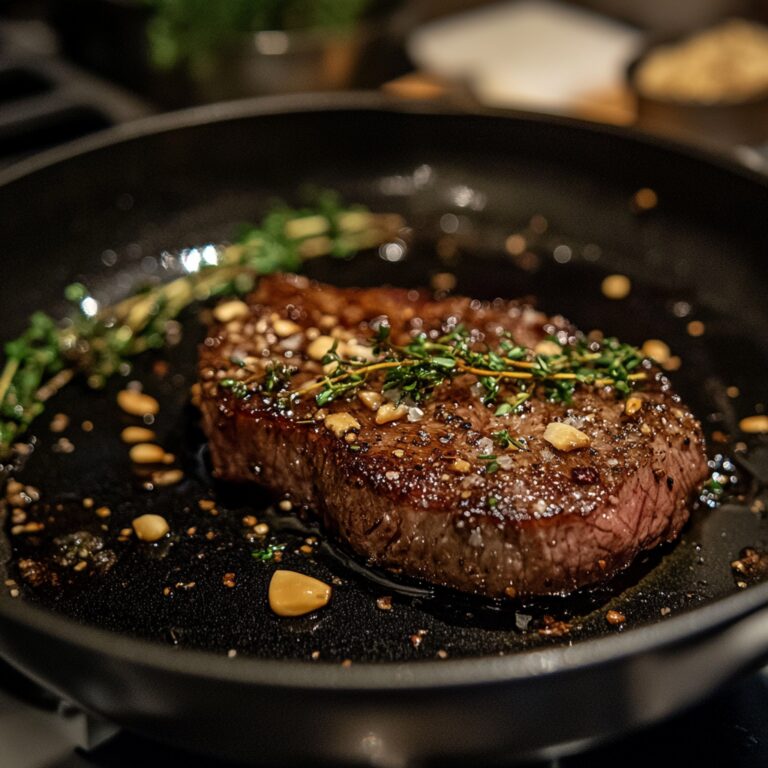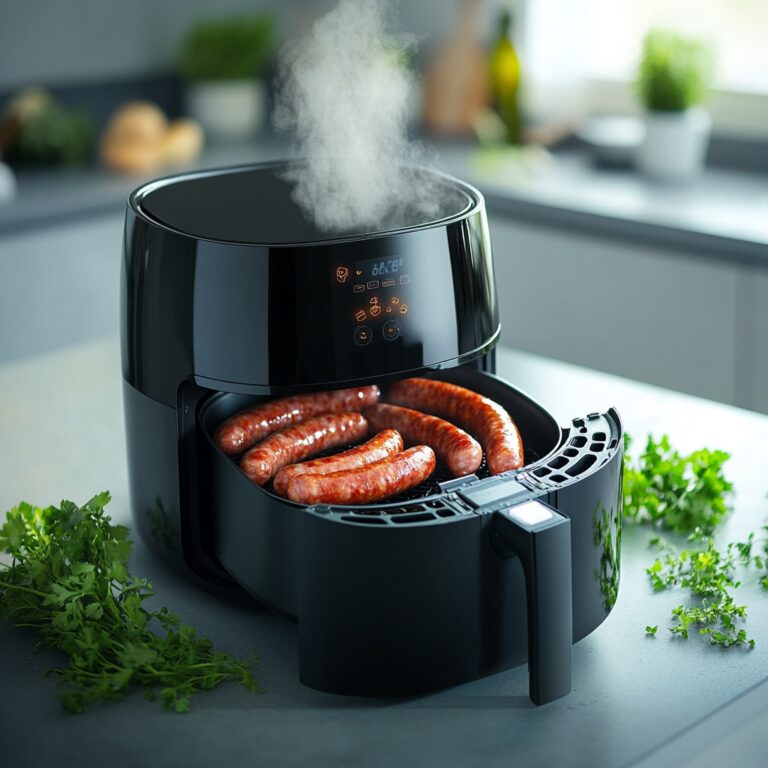Ultimate Guide to Checking Tire Pressure on Your Honda Civic
Ensuring that your Honda Civic’s tires are properly inflated is crucial for both optimal performance and safety. This comprehensive guide will walk you through everything you need to know about checking your tire pressure, including why it’s important, how to do it, and some expert tips.
Why You Should Regularly Check Tire Pressure
Properly inflated tires can contribute to better fuel efficiency, longer tire life, and improved overall vehicle performance. Here are some of the key reasons to regularly check your tire pressure:
Under-inflated tires create more rolling resistance, which forces your engine to work harder, leading to decreased gas mileage.
Incorrectly inflated tires can compromise your car’s handling, increasing the risk of accidents.
Tires that are either over or under-inflated can wear unevenly, necessitating more frequent replacements.
The right tire pressure ensures better traction, braking, and steering response.
Tools You’ll Need
Before you start, gather the necessary tools to make the process seamless.
You can choose between digital and analog gauges based on your preference.
Many gas stations have air compressors, or you can keep a portable one in your car.
This will provide the recommended tire pressure for your specific model.
Step-by-Step Guide to Checking Tire Pressure
Checking your tire pressure is a simple task that can be done in just a few minutes. Follow these steps:
Step 1: Find the Recommended Tire Pressure
First, locate the recommended tire pressure for your Honda Civic. This information can usually be found on:
Look for a sticker on the door frame when you open your driver’s side door.
The manual will list the optimal tire pressure as well.
Step 2: Let Your Tires Cool Down
Check the tire pressure when the tires are cold for the most accurate reading. Tires heat up as you drive, causing the air inside to expand and potentially giving you a misleading pressure reading. Ideally, perform the check in the morning or after your car has been parked for a few hours.
Step 3: Remove the Valve Cap
Take off the valve cap from the tire you’re checking. Store it in your pocket or a safe place while you take the pressure reading to avoid losing it.
Step 4: Use the Tire Pressure Gauge
Place the pressure gauge onto the valve stem firmly. If you hear a hissing sound, you’re losing air, and it means you’re not pressing hard enough. Adjust the angle and try again until there’s no hissing. Read the gauge to see your current tire pressure.
Step 5: Compare and Adjust
Compare the reading from the gauge to the recommended pressure levels:
Check the pressure again after any adjustments to ensure it’s accurate.
Step 6: Replace the Valve Cap
Once the tire pressure is at the recommended level, don’t forget to screw the valve cap back on. This prevents dirt and moisture from entering the valve stem and potentially causing a leak.
Tips for Maintaining Optimal Tire Pressure
Maintaining your tire pressure isn’t a one-time task; it requires regular attention. Here are some tips to ensure your Honda Civic’s tires are always in top condition:
Make it a habit to check your tire pressure at least once a month, and before any long trips.
Tire pressure can drop about 1 PSI for every 10°F decrease in temperature, so check more frequently in colder months.
Invest in a good quality tire pressure gauge for accurate readings.
Look for any visible damage like cuts, punctures, or unusual wear patterns, which can also affect performance.
Rotate your tires every 6,000 to 8,000 miles to ensure even wear and consistent pressure.
Common Tire Pressure Questions
How Often Should I Check My Tire Pressure?
You should check your tire pressure at least once a month and before embarking on long trips. Regular checks help you catch any issues early on, keeping your ride safe and efficient.
What Is the Consequence of Over-inflated Tires?
Over-inflated tires:
Can Tire Pressure Affect Fuel Economy?
Absolutely. Under-inflated tires increase rolling resistance, making your car work harder and consume more fuel. Properly inflated tires can improve fuel efficiency by up to 3%.
Is It Better to Check Tire Pressure When Tires Are Hot or Cold?
Always check tire pressure when the tires are cold for the most accurate reading. Hot tires can give you a falsely high reading due to air expansion.
Conclusion
Maintaining the correct tire pressure in your Honda Civic is a simple yet crucial aspect of car maintenance. By regularly checking and adjusting your tire pressure, you improve your vehicle’s performance, safety, and longevity. Remember, a well-inflated tire is not just a safer tire—it’s a smarter way to drive. Happy driving!





